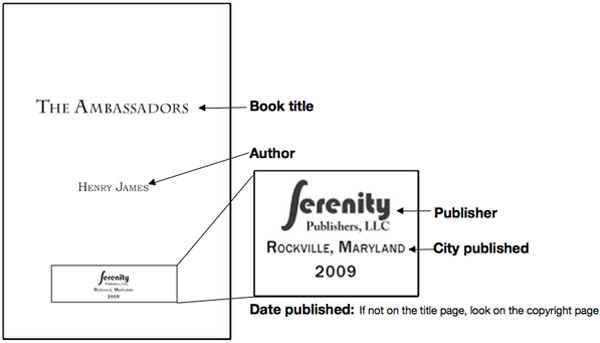
MLA is used by people writing in literature, the arts, and humanities. Such as:
MLA is considered by many as the "default" citation style because it is the simpliest and used by many core classes.
Works Cited (bibliography)
Basic book format:
Lastname, Firstname. Title of Book. City of Publication: Publisher, Year of Publication.
Medium of Publication.
Gleick, James. Chaos: Making a New Science. New York: Penguin, 1987. Print.
Basic scholarly article format:
Author(s). "Title of Article." Title of Journal Volume.Issue (Year): pages. Medium of
publication.
Bagchi, Alaknanda. "Conflicting Nationalisms: The Voice of the Subaltern in Mahasweta
Devi's Bashai Tudu." Tulsa Studies in Women's Literature 15.1 (1996): 41-50. Print.
If you are using an article accessed through the web, you will need to include the URL. Refer to the MLA guide on how to cite online resources.
In-text Citation
You will need the page number(s) where the quote or idea is located.
Indirect/Paraphrasing:
Romantic poetry is characterized by the "spontaneous overflow of powerful feelings" (Wordsworth 263).
Direct:
Wordsworth stated that Romantic poetry was marked by a "spontaneous overflow of powerful feelings" (263).
(examples from Purdue OWL MLA citation guide)
Author(s), Title, Publisher, Publication Location, and Publication Date.

Scholarly Article Citation Information:
Author(s), Article Title, Journal Title, Volume Number, Issue Number, Publication Date, and Page Numbers.

Title reference page "Works Cited" and center it on the top of the page. Do not bold, italics, underline or use quotes around References
Entries should be in alphabetical order.
Double space all entries.
Hang indent second and subsequent lines of each entry.
Write your full citation(s) as usually. Then highlight the full citation(s). Expand the Paragraph dialog box.

Select "Hanging" under special indentation.
